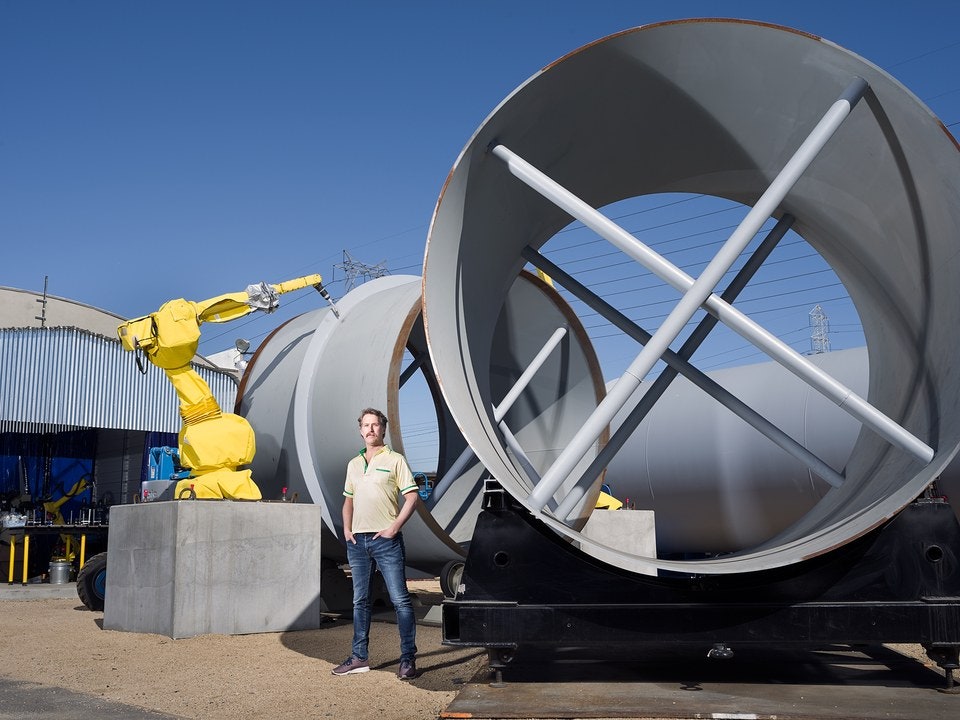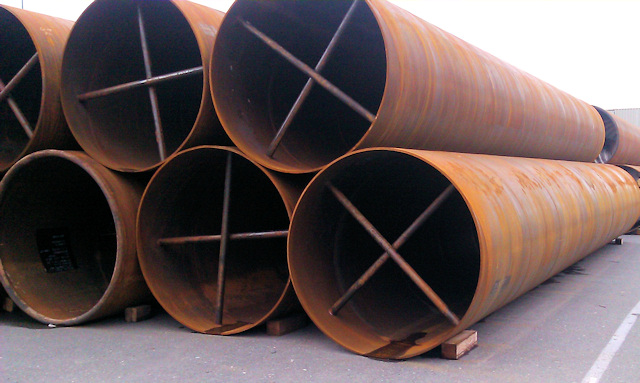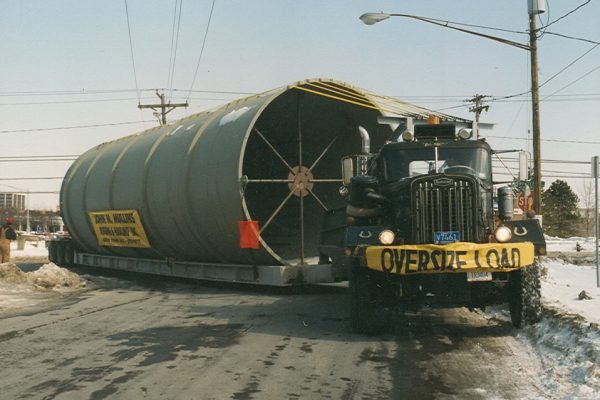Orionblamblam said:
Look, I've been arguing online for a quarter century now, seemingly always playing the skeptical curmudgeon against the overly enthusiastic fanboys and outright cranks. And I gotta say, you're falling into the fanboy stereotype almost like you had a playbook.
So i when i am using your tactic and flipping it, it is suddenly not ok? ;D I used your exact line of argument. And it is funny, because to me you are a stereotypical conspiracy theorists ala flat-earther/moon landing denier/global warming denier. Never mind people that know better than you. Never mind the evidence. Never mind common sense, this one youtube guy is surely right vs all of those dum dum engineers and bunch of nobodies.
Orionblamblam said:
Rather than ranting about How Dare An Outsider Argue Against My Experts, why don't you actually *counter* the actual arguments? Why don't yo do us the favor of running the numbers?
You do realize i did sum up his "arguments" just above, right? That is literally all of the arguments he made. As to running the numbers, you do know how the justice system works, right? Well, apply it then. The burden of proof is on
your shoulders, not mine. You havent ran any numbers whatsoever to prove hyperloop wont work for whatever reason. Basically you want;
1; Make unsubstantiated claims.
2; Then ask ME to run the numbers to prove those unsubstantiated claims wrong.
Please.
Orionblamblam said:
Such as: let's say you have an approximately 3.5-meter steel tube (which is about the diameter of the tube hyperloop is currently welding together to form another, larger test track). Your plan is to pump it down to about 0.1% of an atmosphere. How thick does the tube need to be to withstand external pressure against collapse? Now, how thick does it need to be once you factor in normal wear-and-tear dents? Assume everything from a vandal with a sledgehammer to a nut with a gun or a pipe bomb to a truck or plane crash.
Now, compare that thickness to the actual thickness of the tube that hyperloop is welding together. Here's a photo:
Note that X-brace inside? That's there to keep the tube from sagging under it's own weight... *before* it's pumped down. Once it's pumped down, that'll be another 14 or so pounds per square inch trying to crush it. Can it be made to work? Sure. But as Akin's Law #36 states:
Any run-of-the-mill engineer can design something which is elegant. A good engineer designs systems to be efficient. A great engineer designs them to be effective.
A good part of "effective" is that the hyperloop tube can be made not only adequately rugged, but reasonably inexpensive. These two tend to conflict. Especially when you factor in the need for not only periodic pressure doors to form airlocks, but also the innumerable car-sized hatches cut *sideways* into the tube.
And with that it is extremely clear to me you havent even done the most basic bare bones research other than watching a clickbaity youtube video with 0 math. Because if you had, you would have seen this;
A tube wall thickness between 0.8and 0.9in.(20to 23mm) is necessary to provide sufficient strength for the load cases considered such as pressure differential, bending and buckling between pillars, loading due to the capsule weight and acceleration,as well as seismic considerations.
The tube wall thickness for the larger tube would be between 0.9and 1.0 in (23to 25mm).
http://www.spacex.com/sites/spacex/files/hyperloop_alpha-20130812.pdf
I will be waiting for your version of thickness needed, i am sure you will prove top nothing quality numbers.
Your requirements for the tube to withstand a plane crash are 100% asinine. Nobody is engineering railroads to withstand a plane crash... Or pretty much anything else other than possibly skyscrapers and probably not even all of them.
As to the brace, what is your point exactly? Are you trying to tell me a short, floppy tube with a large diameter and couple of cm thick just might need internal brace for transport? Stop the press, this is breaking news. Surely this has never happened before.
Orionblamblam said:
Now, you can continue to rant about random internet nobodies... or you can man up and run the numbers and prove just how cheap all these problems will be to safely counter.
Once again. YOU are the one that is making unsubstantiated claims. YOU are the one that has provided nothing whatsoever that falls under "running the numbers". Also note, your terrible video provided 0 numbers too.
Does this kind of attitude come with age or were you always like this? Same thing about murmuring how "everything was better before" while not attempting anything new because reasons. And god forbid anyone trying!







